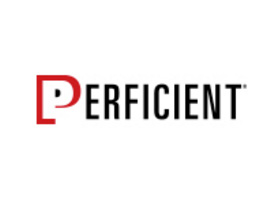A technology company has literally participated in thousands of projects over the years. At some point the group decided it wants to determine what factors or characteristics may influence the (hopefully successful) competition of current and future implementation projects. Thankfully, they have maintained records in on every project that they were involved in and that […]
Posts Tagged ‘Modeling’
Selecting your Modeling Approach with IBM SPSS Modeler
Coming from a TM1 background (more business than statistics), it is easy to get stated with modeling once you determine your modeling objective, and Modeler can help with that. IBM SPSS Modeler offers an intuitive interface that will appeal to a wide range of users from the non-technical business user to the statistician, data miner […]
Examining (Data) Relationships
The discovering of relationships within data (between fields) is an important part of any data mining project (in the Crisp-DM methodology, this is described as part of the “Data Understanding” stage). This “relationship discovery” is part of developing a predictive model but is also helpful in answering specific business questions -perhaps even what originally motivated […]
All about CLEM
SPSS CLEM is the control Language for Expression Manipulation, which is used to build expressions within SPSS Modeler streams. CLEM is actually used in a number of SPSS “nodes” (among these are the Select and Derive nodes) and you can check the product documentation to see the extended list. CLEM expressions are constructed from: Values, […]
Sampling Your Data
Another interesting feature of SPSS Modeler is its built-in ability to sample data. It is pretty typical to have (in one or more files) hundreds of thousands of records to process, and using complete sets of data during testing can take a huge amount of your time and is inefficient in terms of computer processing […]
TM1 vs. SPSS Modeler Comparison Continues – Setting to Flags
Consider the scenario where you have to convert information held in a “categorical field” into a “collection of flag fields” – found in a transactional source. For example, suppose you have a file of transactions that includes (among other fields) a customer identifier (“who”) and a product identifier (“what”). This file of transactional data indicates […]
CRISP and IBM Cognos TM1
CRISP stands for Cross Industry Standard Process. It is a process model that describes commonly used approaches that experts use to tackle problems. Typically, you’ll hear of CRISP in the context of CRISP-DM, defining a process or methodology that breaks the process of data mining into six major phases. A little more about the CRISP […]
